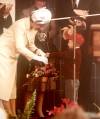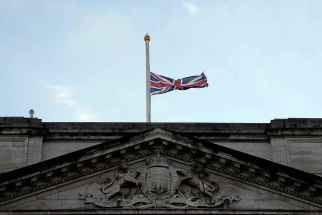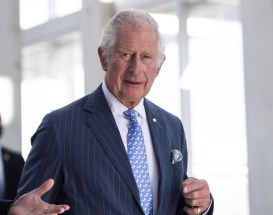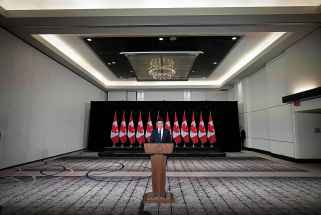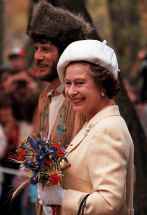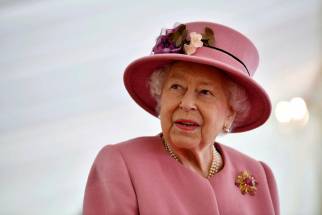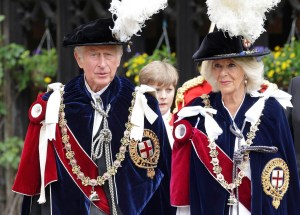Reign marred by 70 years of inaction on Indigenous issues
Read this article for free:
or
Already have an account? Log in here »
To continue reading, please subscribe:
Monthly Digital Subscription
$0 for the first 4 weeks*
- Enjoy unlimited reading on winnipegfreepress.com
- Read the E-Edition, our digital replica newspaper
- Access News Break, our award-winning app
- Play interactive puzzles
*No charge for 4 weeks then price increases to the regular rate of $19.00 plus GST every four weeks. Offer available to new and qualified returning subscribers only. Cancel any time.
Monthly Digital Subscription
$4.75/week*
- Enjoy unlimited reading on winnipegfreepress.com
- Read the E-Edition, our digital replica newspaper
- Access News Break, our award-winning app
- Play interactive puzzles
*Billed as $19 plus GST every four weeks. Cancel any time.
To continue reading, please subscribe:
Add Free Press access to your Brandon Sun subscription for only an additional
$1 for the first 4 weeks*
*Your next subscription payment will increase by $1.00 and you will be charged $16.99 plus GST for four weeks. After four weeks, your payment will increase to $23.99 plus GST every four weeks.
Read unlimited articles for free today:
or
Already have an account? Log in here »
Hey there, time traveller!
This article was published 08/09/2022 (1193 days ago), so information in it may no longer be current.
While growing up and visiting my relatives on-reserve, I was always struck by how a copy of Hello! magazine or a photo of Queen Elizabeth would sit prominently in the house.
I also remember as an eight-year old being carted around by family members during the Queen’s visit to Manitoba, in the hope of glimpsing her through the crowd.
I recall being an activist in the summer of 2010, when Queen visited Winnipeg, and working to ensure she was informed about the issues Indigenous people face in the city.
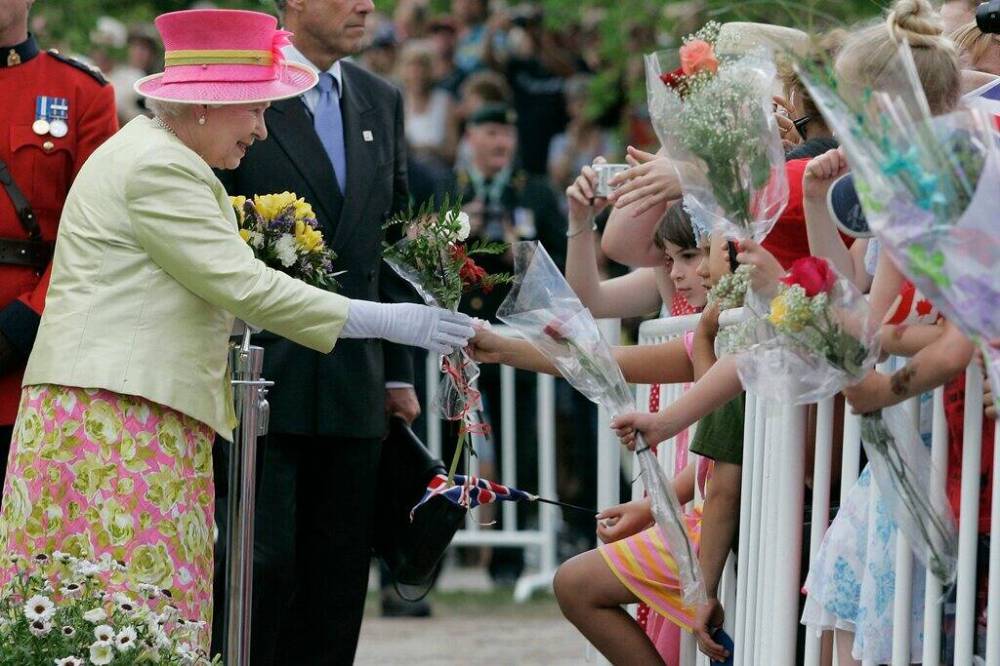
Indigenous peoples deeply care about the British Crown. It is the primary connective thread First Nations share with Canada.
Indigenous leaders agreed to treaties with the Crown, not Canadians. The Crown is expected to honour those treaties and the many promises to share land, resources and life peacefully. Without the Crown, all such land reverts back to Indigenous hands.
The fact Indigenous people respect the English monarchy so much tells you how much they care about it.
Who sits on the throne matters, too.
For 70 years, it was Queen Elizabeth, a matriarch known for keeping her family together in a quiet, dignified and traditional fashion. These are qualities Indigenous people respect.
Canada has also had dynamic lieutenant governors and governors general —both representatives of the Queen — who have done great work for Indigenous communities. (James Bartleman, Adrienne Clarkson, Steven Point and Mary Simon come to mind.)
Queen Elizabeth was also known for her quiet, unobtrusive and unending loyalty to the Commonwealth.
This is where some of the problems of her reign come in.
For the past 70 years, the Queen was the constitutional head during much of Canada’s worst atrocities perpetrated against Indigenous communities: residential schools, the theft of millions of acres of Indigenous land, and a litany of other genocidal legacies.
The Queen’s ambivalence to this plight was something Indigenous leaders pointed out on nearly every single one of her 22 “official” visits to Canada.
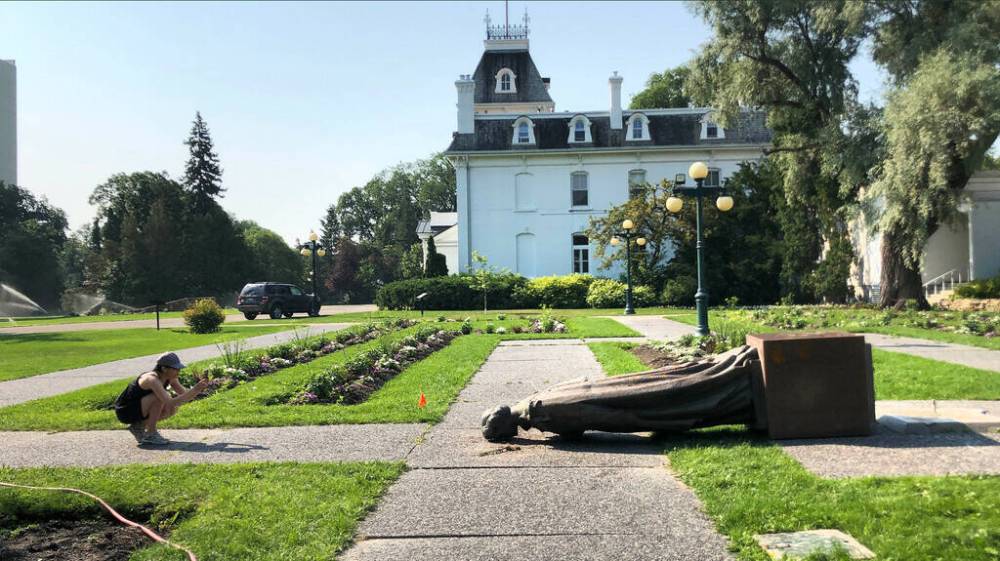
During a 1970 visit in The Pas, David Courchene Sr. of the Manitoba Indian Brotherhood told her: “It has been almost 100 years since our forefathers signed treaties with her majesty Queen Victoria… It is with sorrow that we note that the promises of peace and harmony, of social advancement and equality of opportunity, have not been realized by our people.”
In 1973, Saskatchewan chiefs gave her a sacred pipe and scroll to “remind her of the treaties” and “promises the Crown made to Indigenous peoples.”
During visits in 1983 to British Columbia and 1990 to Alberta, Indigenous leaders told her the same thing.
In 2010, the Queen and Prince Phillip met with Assembly of First Nations national chief Shawn Atleo, who presented her with a letter asking her to demand Canada act appropriately when it comes to resource development and deal with land claims.
Queen Elizabeth told Indigenous leaders many times she would “honour the treaties.”
In 1973, Indian Association of Alberta president Harold Cardinal escorted her into a teepee for a meeting, later telling media he was impressed with her commitment.
Last September, the Queen pronounced in a message: “I join with all Canadians on this first National Day for Truth and Reconciliation to reflect on the painful history that Indigenous peoples endured in residential schools in Canada, and on the work that remains to heal and to continue to build an inclusive society.”
Yet, besides a whole lot of photo opportunities alongside chiefs in headdresses, the reign of Queen Elizabeth will forever be marked by inaction.
Activists pulled down a statue of her on the Manitoba legislature grounds on Canada Day 2021. Indigenous peoples have paid far more attention to Queen Elizabeth than she did to them, so in the end, the symbolism fits.
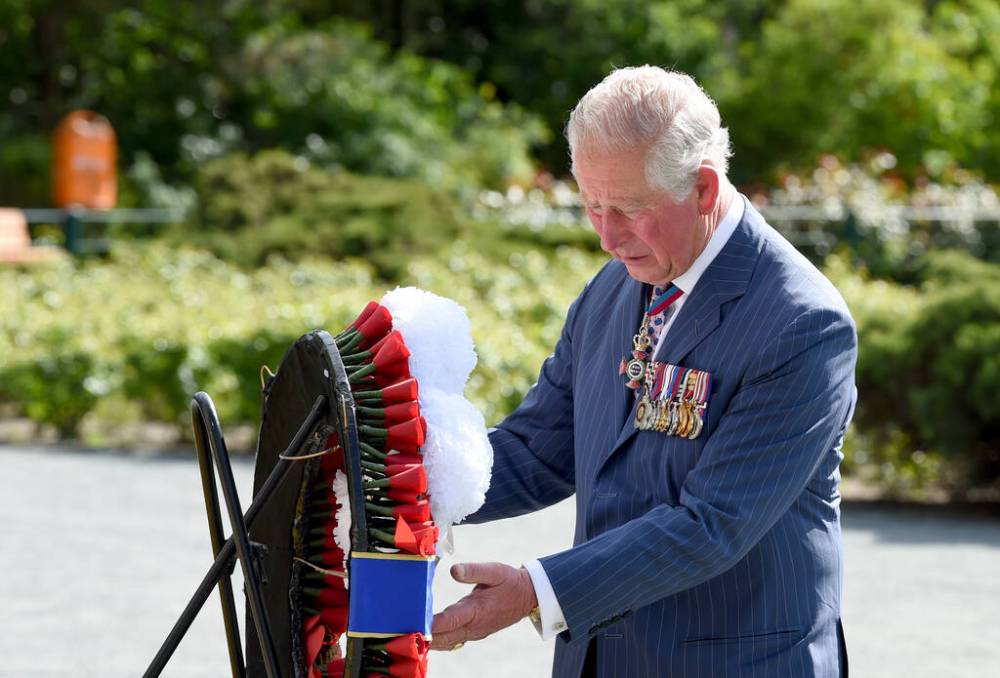
Now, the crown will be handed to King Charles, who pundits are calling “more interested” in Indigenous communities in Canada.
In May, then-Prince Charles announced in Newfoundland: Canada “must find new ways to come to terms with the darker and more difficult aspects of the past,” and he wanted to help “the vital process of reconciliation in this country.”
Experts point out Charles is more interested in the environment, climate change and the role of Indigenous knowledge in solving these issues.
Speaking in Yellowknife during that same visit, he called on Canadian leaders to listen to “Indigenous knowledge keepers” to help the country “restore harmony with nature.”
Words don’t mean much without action, though, and Indigenous peoples have 70 years of proof.
niigaan.sinclair@freepress.mb.ca

Niigaan Sinclair is Anishinaabe and is a columnist at the Winnipeg Free Press.
Our newsroom depends on a growing audience of readers to power our journalism. If you are not a paid reader, please consider becoming a subscriber.
Our newsroom depends on its audience of readers to power our journalism. Thank you for your support.






